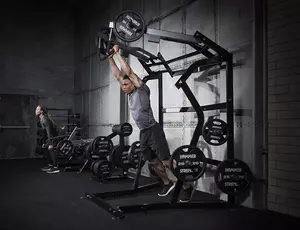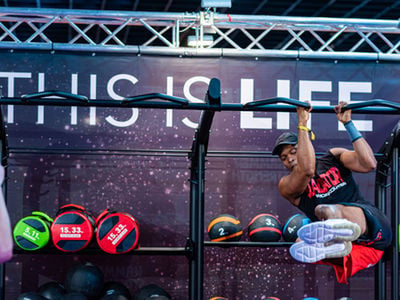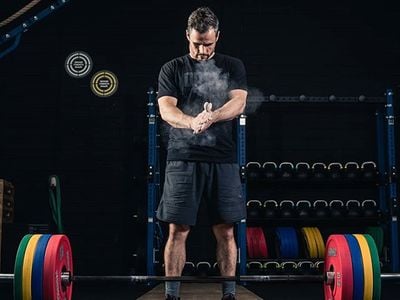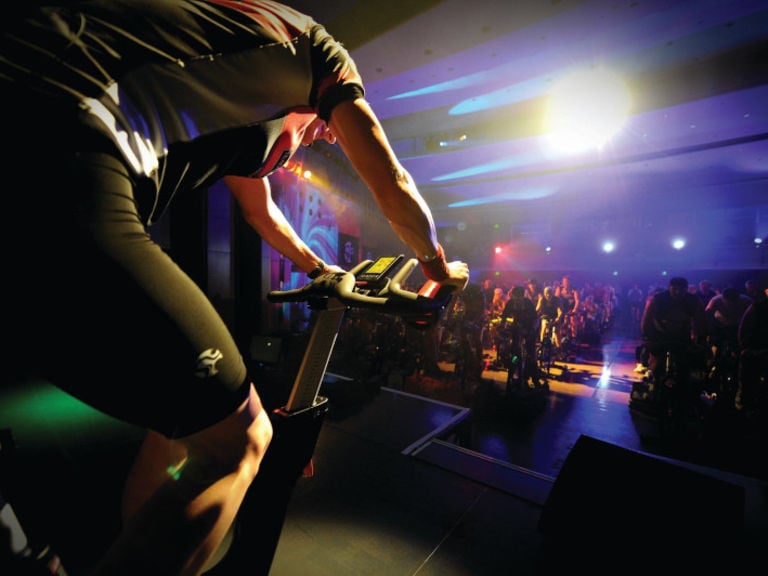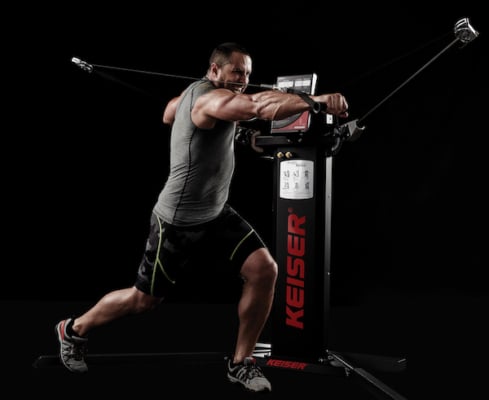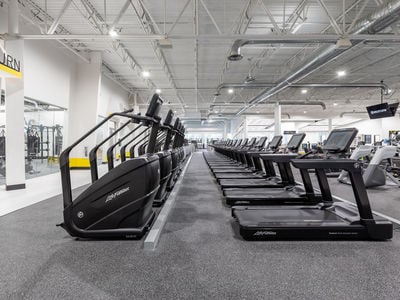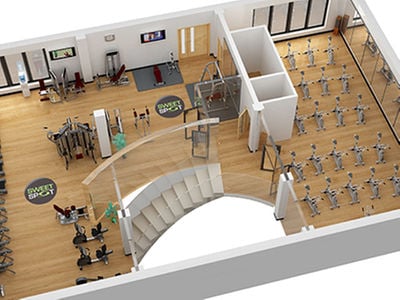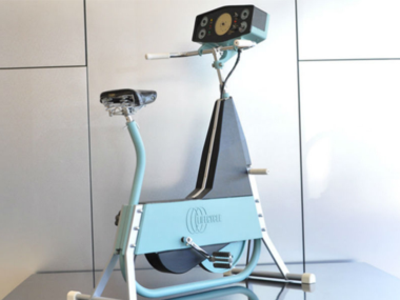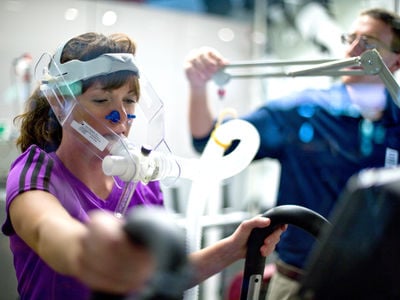If you’re weighing up whether to adopt an aerobic or high intensity interval training (HIIT) approach to losing body fat, it might be more prudent to ask whether you should include some resistance training as well.
A recent study, published in Obesity Reviews, July 2021, looked at different training modalities and their impact on weight loss and body composition. They found that both approaches led to significant weight loss, fat loss and visceral fat loss — and were superior to resistance training alone — with no difference in outcomes in any of these measures, so long as energy expenditure was equalised.
The researchers did find that the participants that included some resistance training in their routines minimised or prevented lean body mass losses during the weight loss phase, leading to a more favourable body composition outcome. This indicates that choosing a cardio-based training approach based on your personal preferences, but in combination with resistance training, might be the best approach to achieving desirable body composition outcomes.
The Research
The researchers analysed 2,492 systematic reviews and meta-analyses published between 2010 and 2019 with 12 meeting the inclusion criteria. From these, they selected 182 unique studies. Lean mass/fat-free mass loss was assessed with DXA scan, bioelectrical impedance analysis, underwater weighing, and both DXA scans and BOD.
The studies included those that assessed the effect of aerobic and/or resistance and/or high-intensity interval training (HIIT).
All original studies compared either exercise training with no intervention or usual care, or exercise training in combination with other interventions (e.g., exercise + diet) with appropriate controls (e.g., diet only). At least two thirds of the original studies involved overweight or obese adults and measured weight loss, fat loss, visceral fat loss, lean mass loss, or weight maintenance.
The Results
The study reported that weight loss outcomes were achieved in all exercise groups (aerobic, HIIT, aerobic and resistance training, and resistance training alone). Aerobic and HIIT training delivered more weight loss than resistance training alone. There were no significant weight loss differences in these two training modalities when energy expenditure was equalised.
Resistance training alone preserved lean body mass the most, with aerobic plus resistance training delivering effective weight loss outcomes, while preserving lean body mass.
These results throw support behind the ‘calories-in, calories-out’ approach to weight loss, in that there appears to be no significant impact on how you’re burning the calories, as long as you are burning them. Meanwhile, the metabolic benefits of preserving lean body mass may only be effectively gained through resistance training.
As the authors stated, HIIT is a more time efficient mode of exercise, in that you will burn more calories quicker. But it won’t be a more effective approach to weight loss per se, if you’re less likely to do the work because of a lack of enjoyment in the activity.
Similarly, it can be speculated that resistance training might also be an effective fat-burning activity if the work leads to an equivalent calorie expenditure. However, on average, fewer calories are burned in a weight training program therefore impacting weight loss outcomes.
Where resistance training stands alone is its ability to minimise or prevent lean body mass reductions during a weight loss phase.
“These findings are in agreement with the extensive literature showing the superiority of resistance training over other exercise modalities to stimulate muscle protein synthesis and thus increase or maintain muscle mass,” the authors stated.
Reference
Bellicha A, van Baak MA, Battista F, et al. Effect of exercise training on weight loss, body composition changes, and weight maintenance in adults with overweight or obesity: An overview of 12 systematic reviews and 149 studies. Obesity Reviews. 2021;22(S4):e13256

